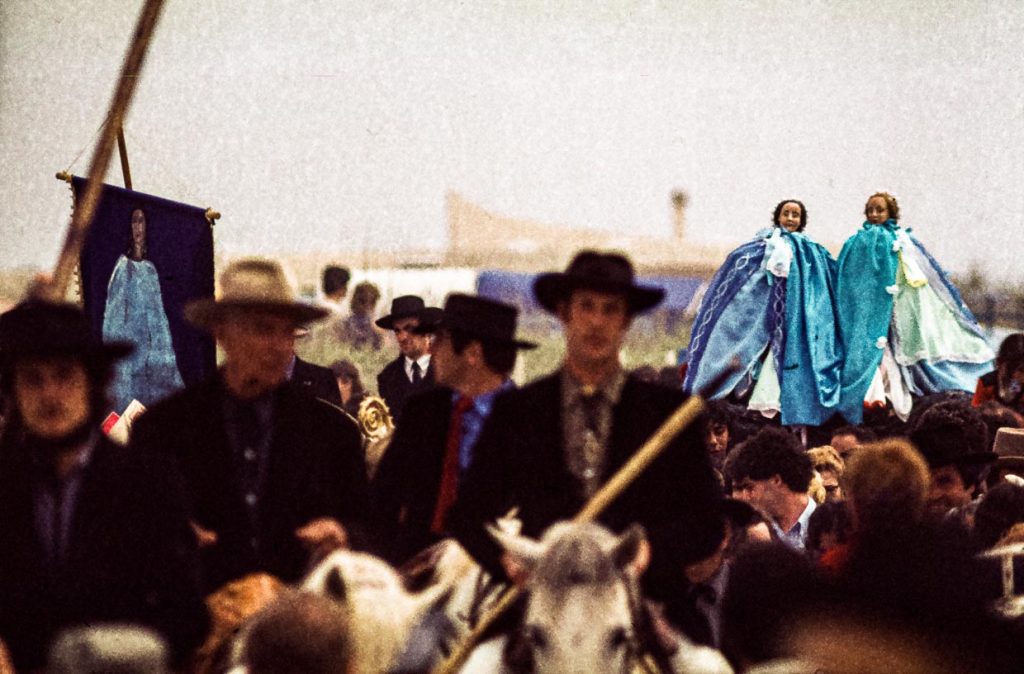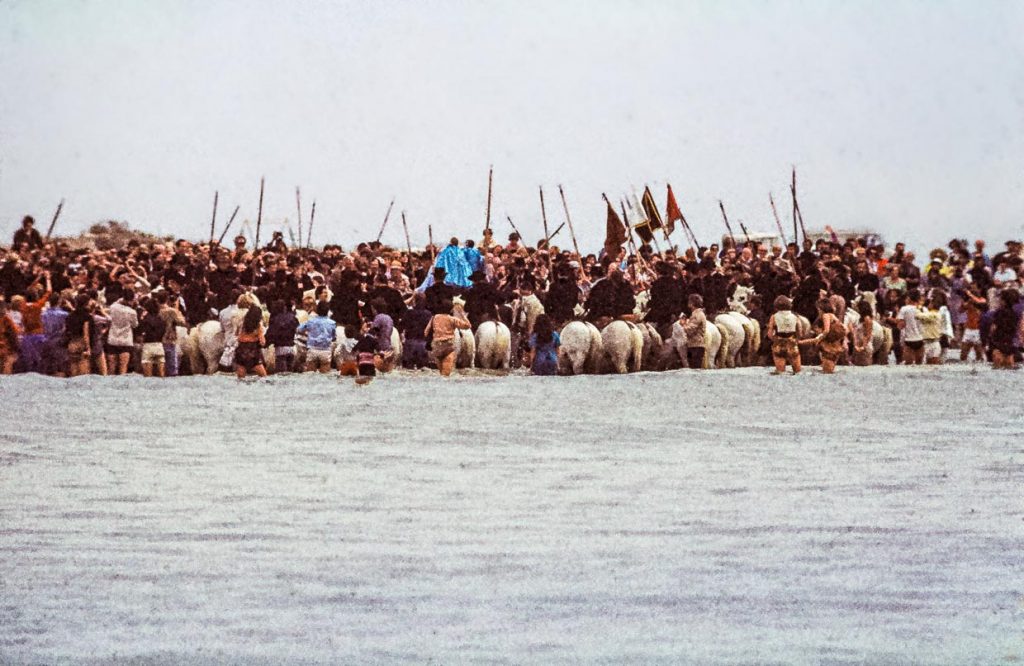Today I’m rewinding time by half a century. Because I am still surprised to have received one of the best travel inspirations already during my school days. The overly strict French teacher showed an unexpected enthusiasm when describing a travel experience in front of the class. For this reason, a few years later, I and a few friends pitched our tent in the magical town of Saintes-Maries-de-la-Mer on the drafty campground La Brise on the drafty campground. In order not to miss anything, we had already traveled to the Camargue in mid-May.
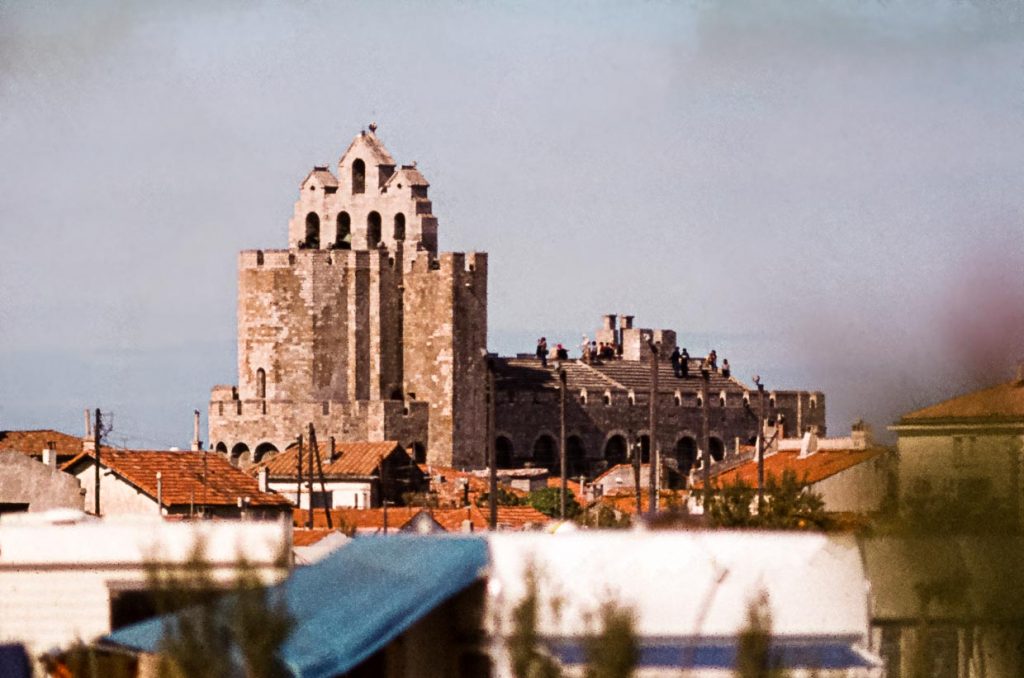
In the course of a week, the sleepy southern French village completely changes its character. When we arrive, everyday life in the Camargue is still tranquil. On the terraces of the bistros, the few tourists still easily find a table and hippies find sitting on the floor particularly progressive. This atmosphere is typical of the year 1978.
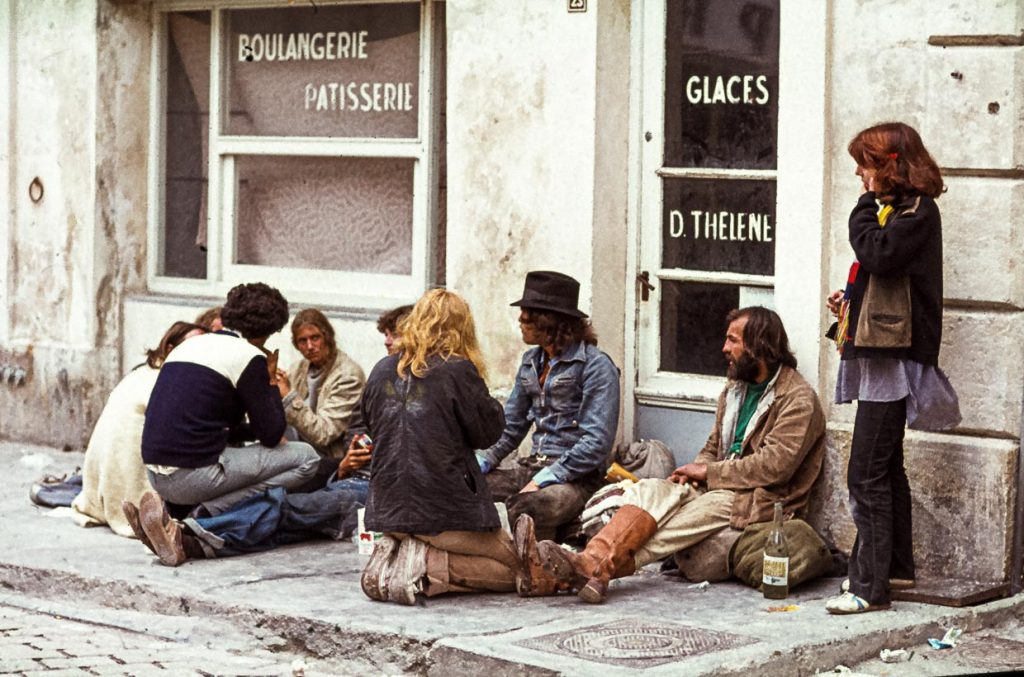
Welcome exception with tradition
From the roof of the weir church of Notre-Dame-des-Saintes-Maries, we let our gaze wander over the wide estuary delta of the Rhone. A steady movement on the horizon turns out to be an endless caravan of caravans. They soon take up every unused space in the village.
Always in May, the population of Saintes-Maries-de-la-Mer increases more than tenfold. Behind the countless caravans of the Roma families that have arrived, the permanent houses in the community of 2,000 souls are soon barely noticeable. To this day, I can’t imagine a better use of the available space and a better coexistence of different cultures.
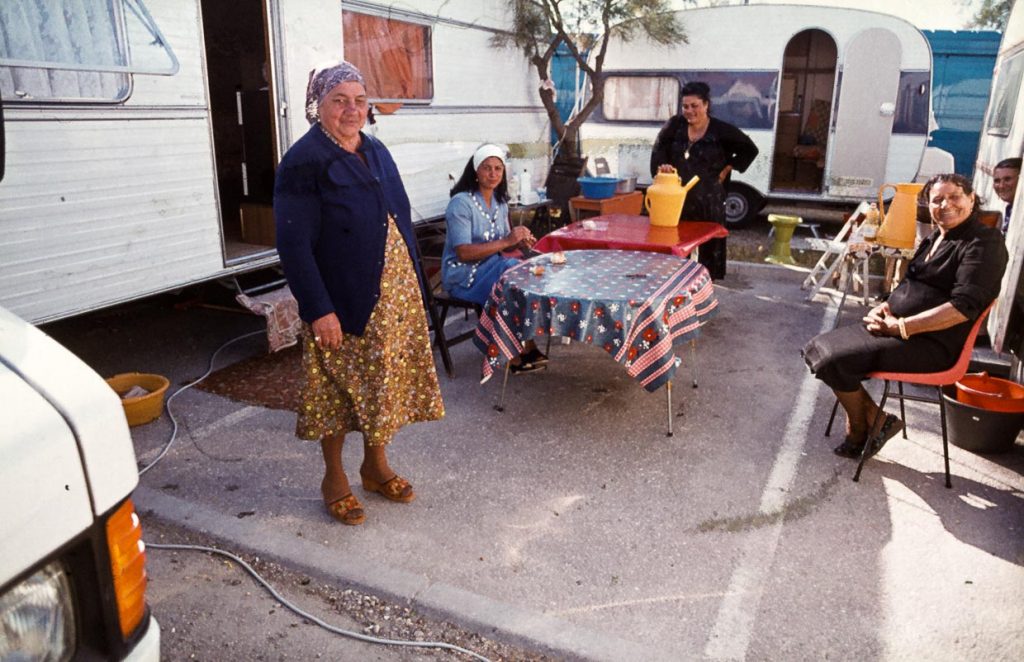
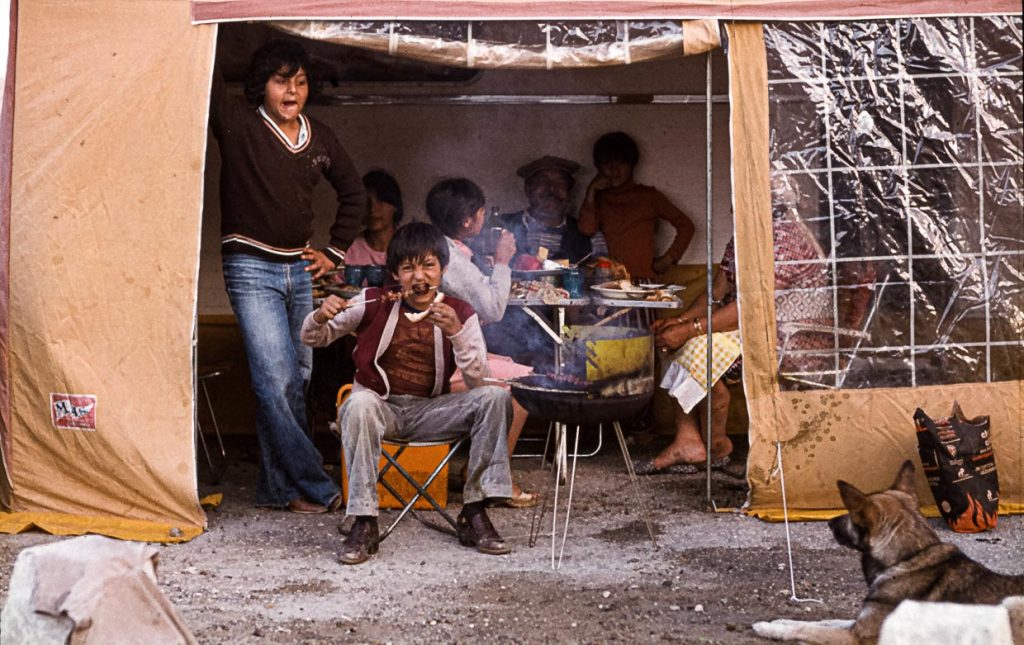
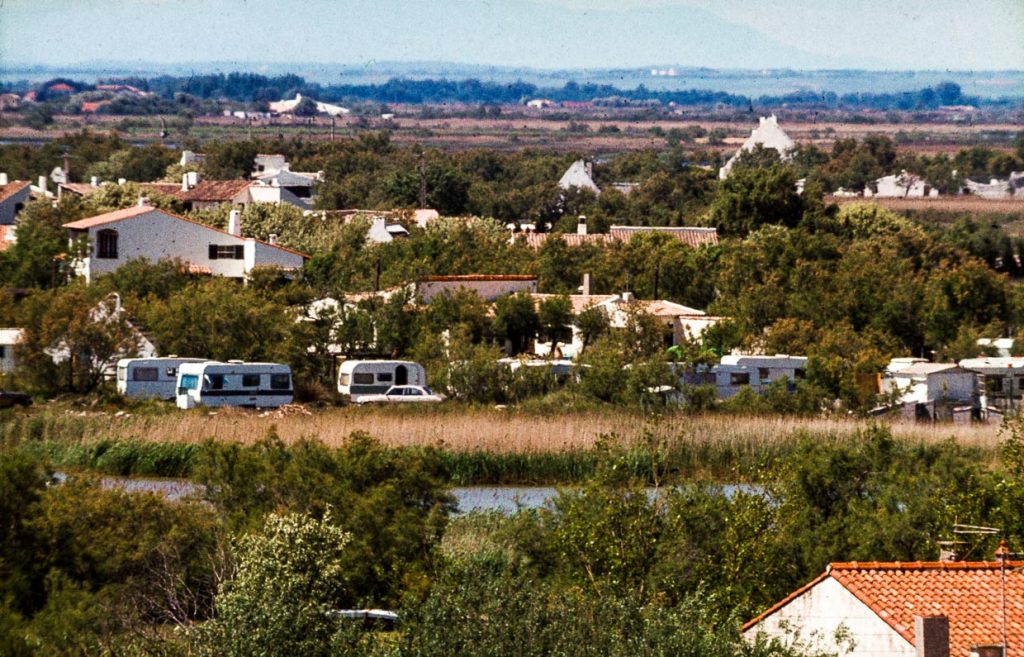
Newcomers are greeted with a big hello and then waved into place without much fuss. Flamenco music underscores the cheerful, relaxed atmosphere. But neither a concert is taking place, nor is any system discernible to us outsiders. Guitarists hurry restlessly through the streets, and without any recognizable announcement, a random group suddenly starts to sing one of the flamenco classics.
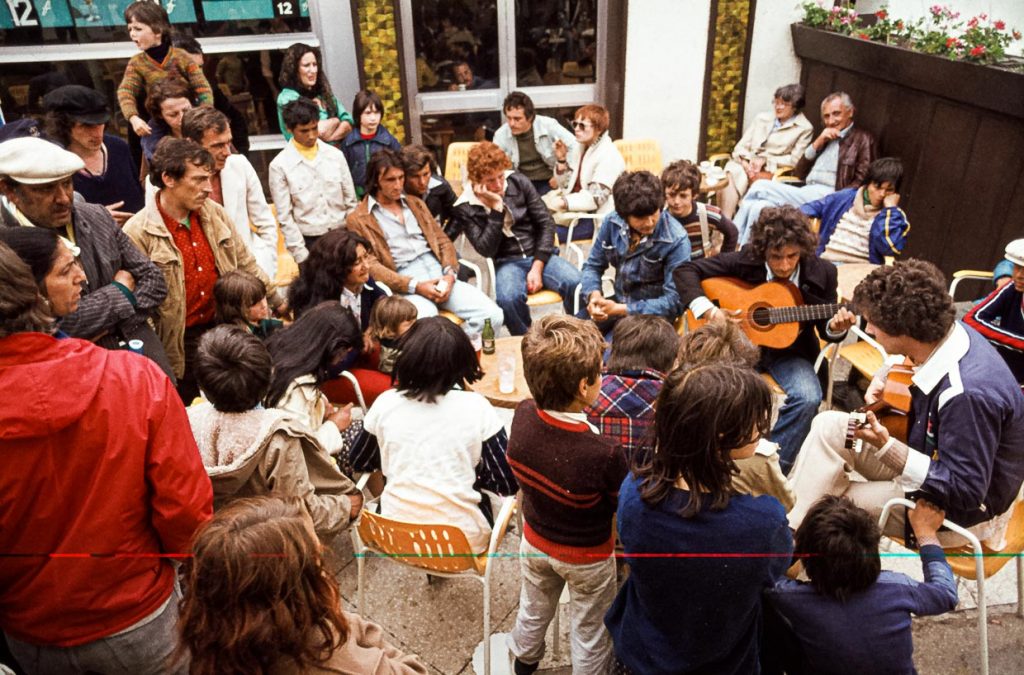
Religious origin
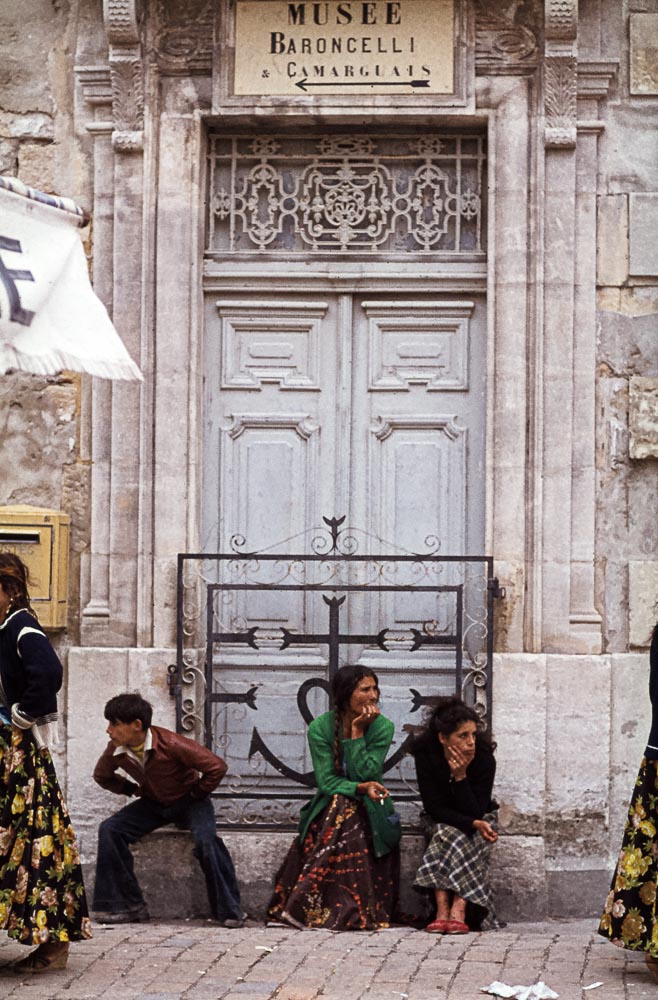
It was not until 1935 that the procession in Saintes-Maries-de-la-Mer was founded by Folco de Baroncelli-Javon in the form that has become a tradition. Since that year, the Roma are not only tolerated in the celebration, but take a leading role.
According to the legend, the Holy Marys came here by sea and the black Sara, coming from Egypt, is said to have accompanied them as a servant. Since the Roma in the Camargue call themselves Gitanos (those from Egypt), they venerate Black Sara as their saint.
With the museum named after Folco de Baroncelli-Javon, Saintes-Maries-de-la-Mer honors the marquis who founded the tradition of the Camargue and the mounted Gardians / © Photo: Georg Berg
Gitanos is what the Roma of the Camargue call themselves
The flamenco typical of the Camargue is also called Flamenco Gitano. It emphasizes romantic longing more than the melancholy of the broken heart. Friends of classical flamenco find it rather schmaltzy. On our journey we met the formative figures for this style of music.
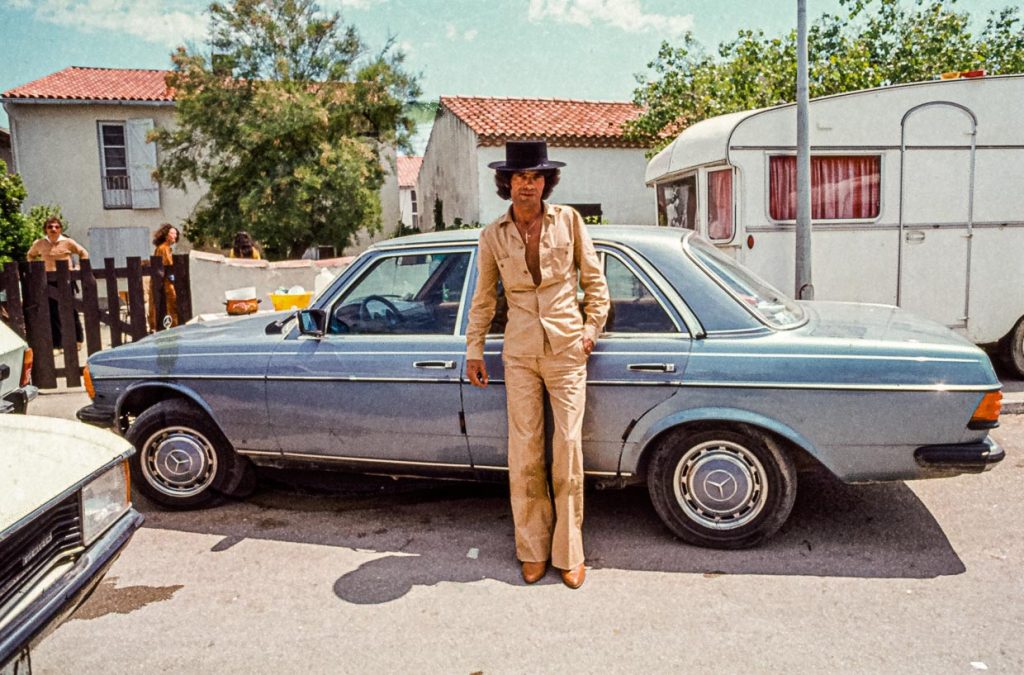
Manolo Bissiere was world famous for his music, but in 1965 he refused a concert at Carnegie Hall in New York. He was replaced by Ricardo Baliardo, better known by his stage name Manitas de Plata (Little Silver Hands), who toured the world several times in the following years.
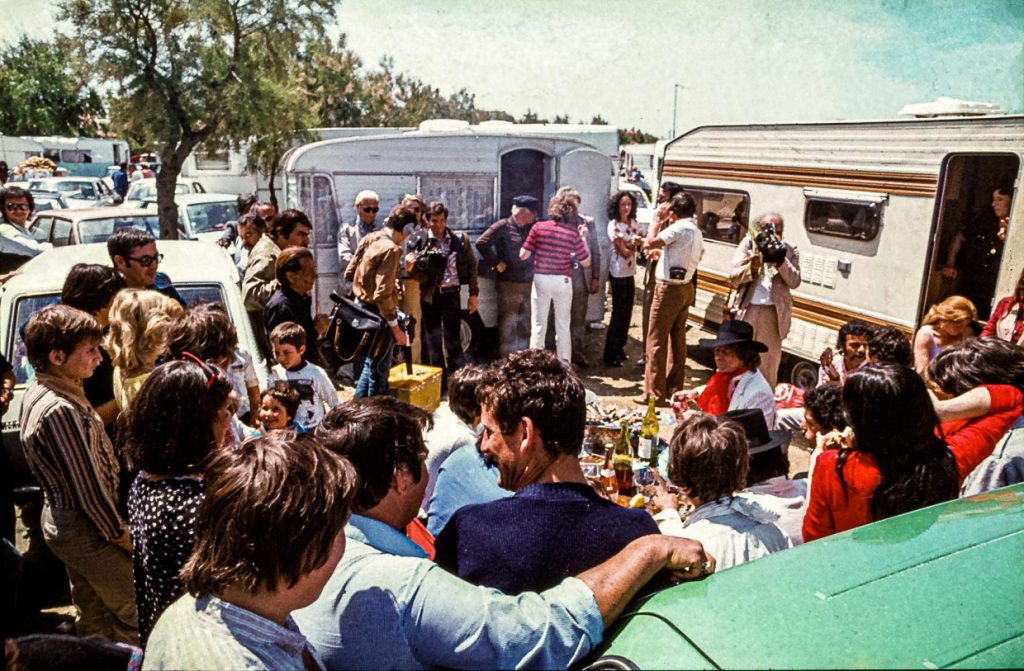
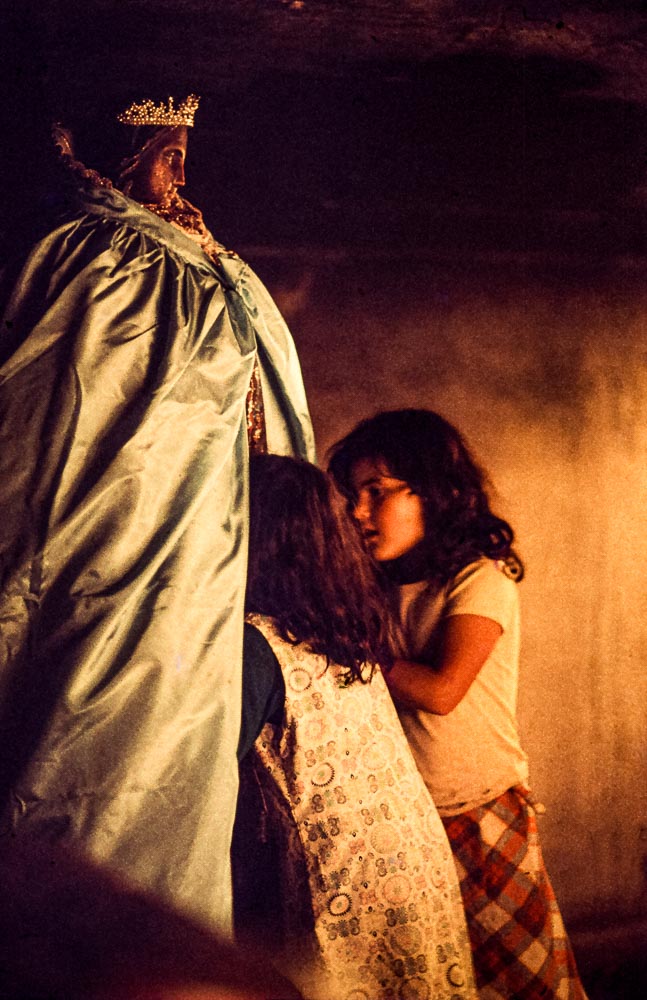
Figures of the Virgin Mary in the crypt
The mysterious Black Sara
According to legend, in the year 40 A.D. Mary Magdalene, Mary Salome of Galilee and Mary of Cleophas came to southern France by ship. Today, the permanent place of the statues of Mary is under the altar area in the crypt of the church Notre-Dame-des-Saintes-Maries, where hundreds of candles provide enormous heat.
But it is above all their servant, Black Sara, who is venerated by Roma families as a patron saint.
Her appearance is constantly changing, because she is always dressed in new robes that she sews herself.
© Photo: Georg Berg
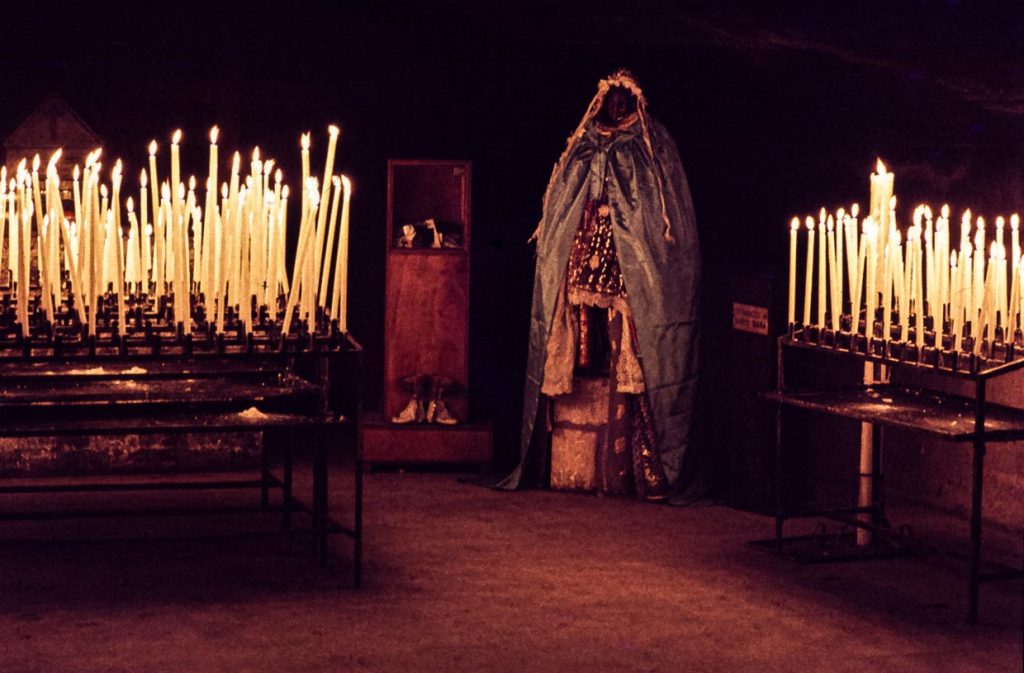
Pilgrimage to the beach
